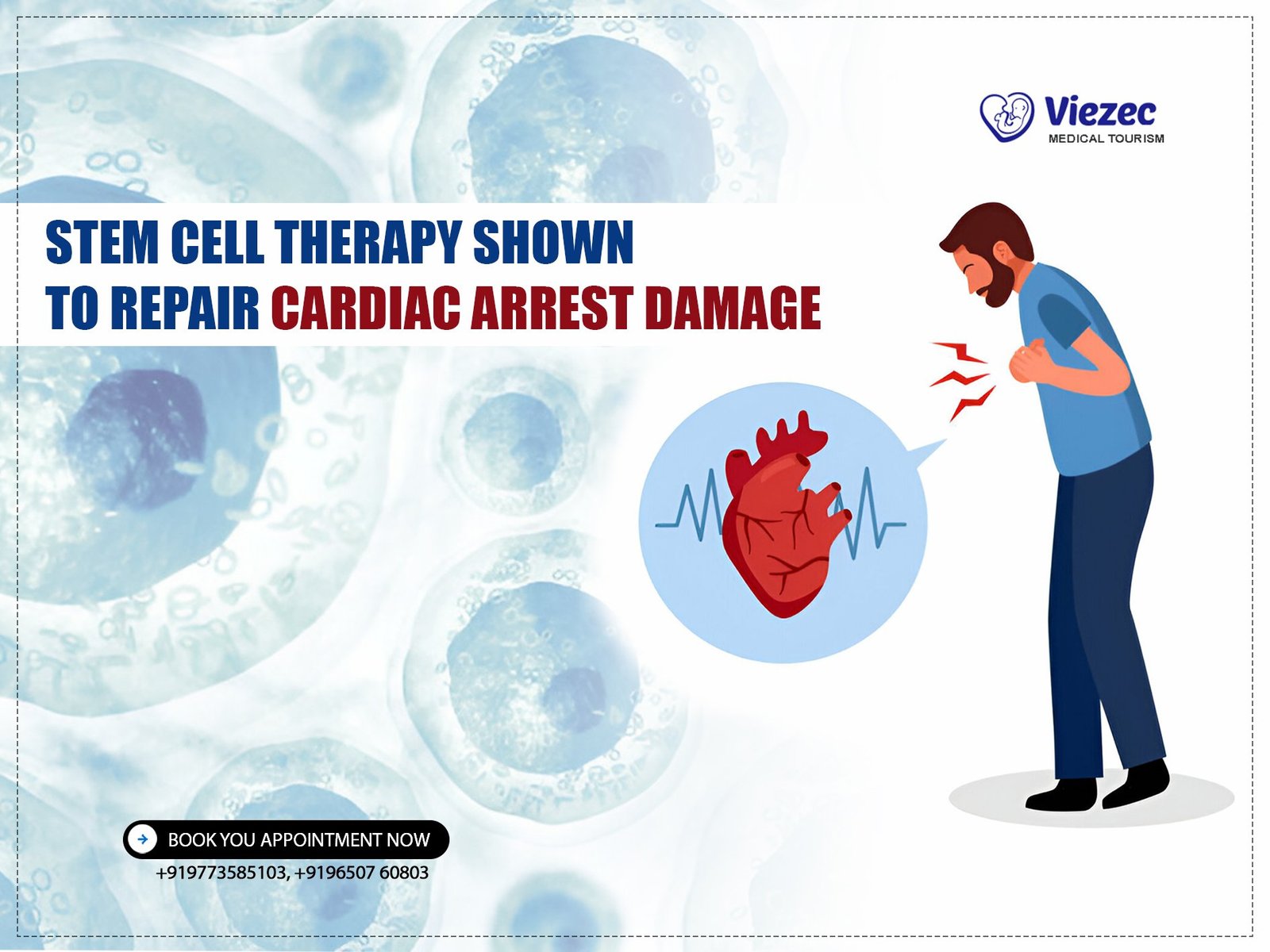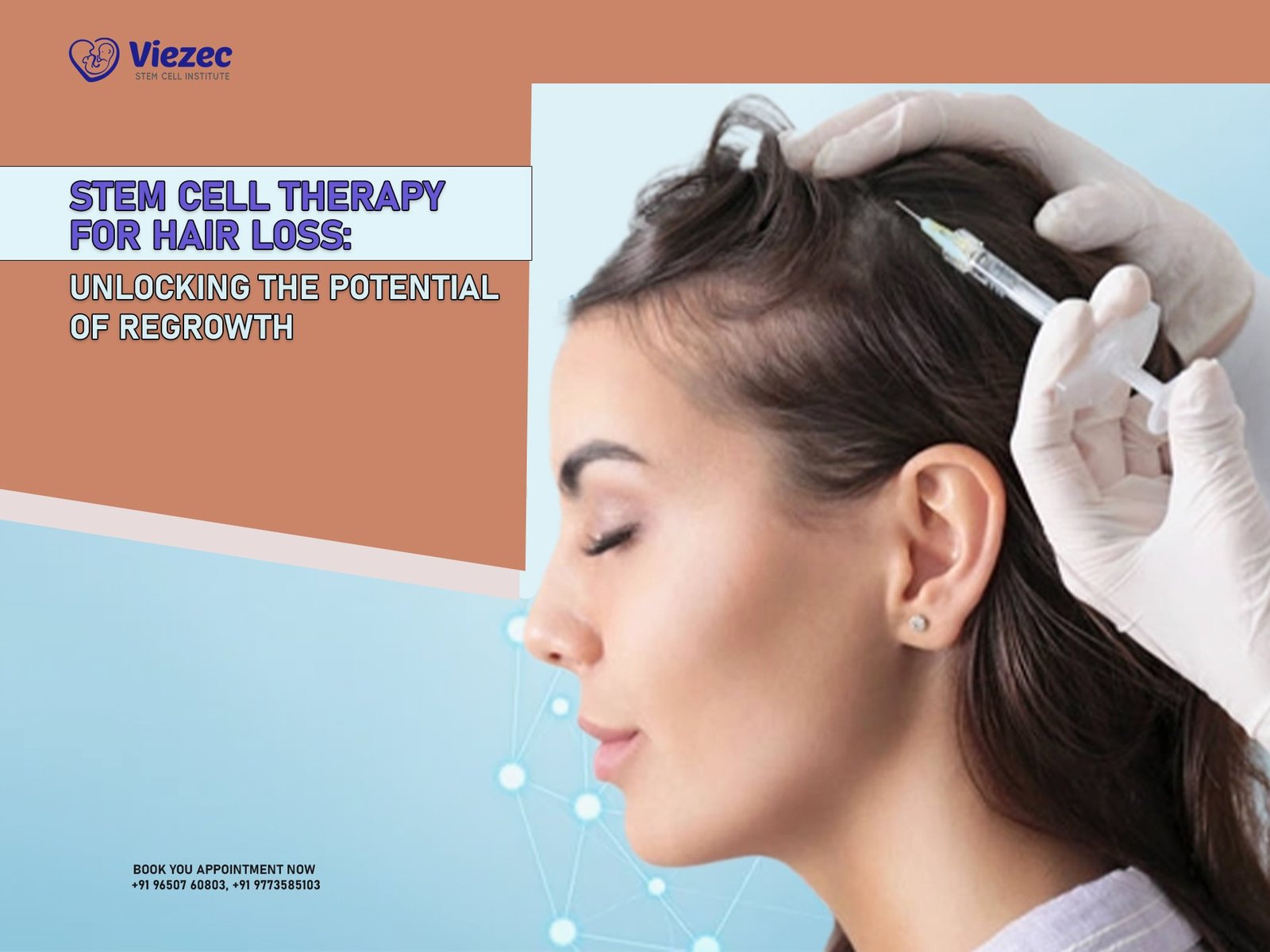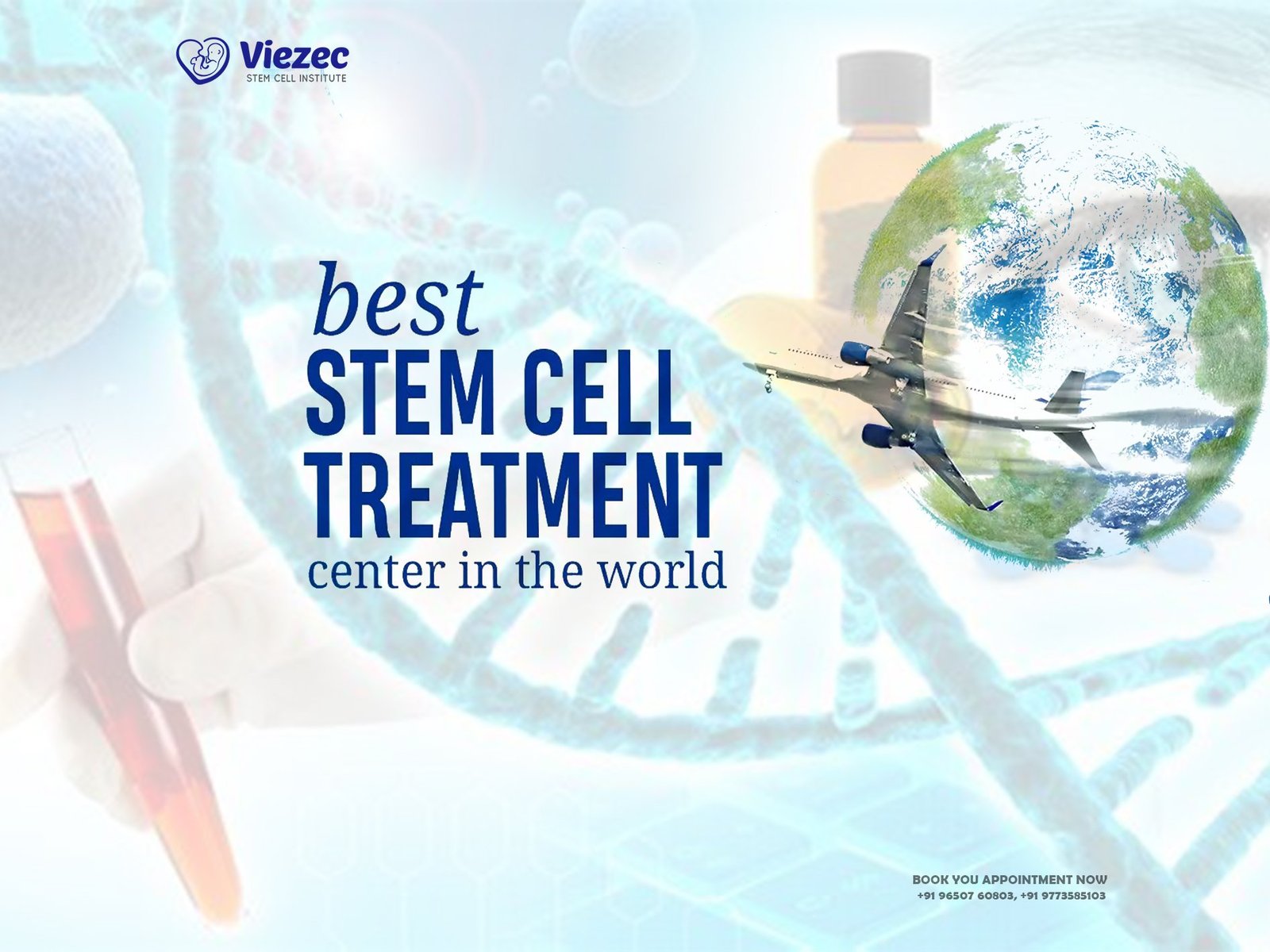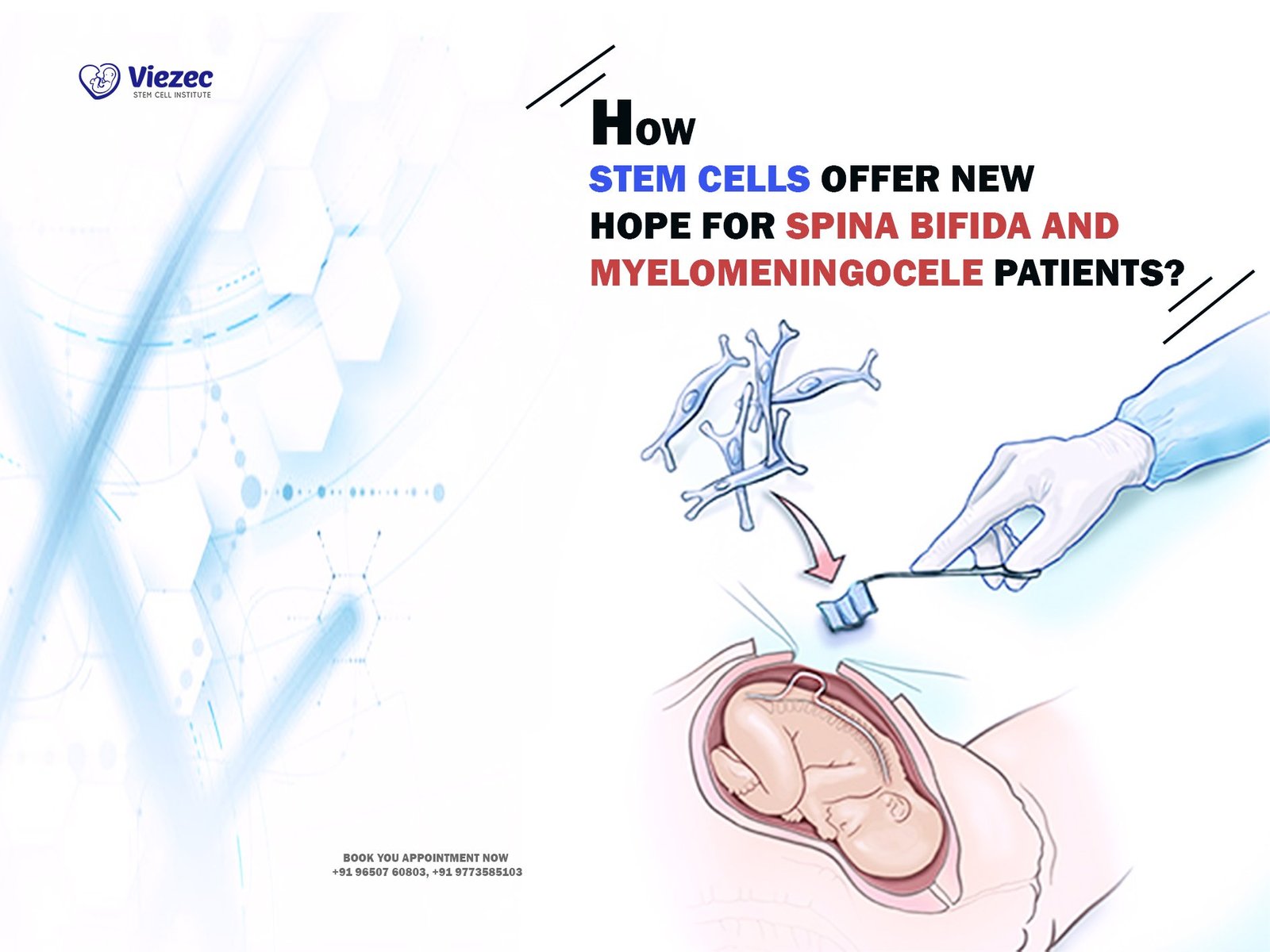Stem cells have captivated scientists and medical professionals alike for decades due to their remarkable properties and potential applications in regenerative medicine, disease treatment, and understanding fundamental biological processes. These unique cells possess the ability to differentiate into various specialized cell types, renew themselves through cell division, and exhibit plasticity, enabling them to adapt to different microenvironments. In this comprehensive exploration, we delve into the diverse types of stem cells, their distinctive characteristics, and the groundbreaking discoveries that continue to unravel their mysteries.
Understanding Stem Cells: An Overview
Defining Stem Cells
Stem cells are undifferentiated cells characterized by their ability to self-renew and differentiate into specialized cell types. They serve as the building blocks of multicellular organisms, playing crucial roles in development, tissue repair, and maintenance of homeostasis throughout life. Stem cells are broadly categorized into two main types: embryonic stem cells (ESCs) and adult stem cells (ASCs).
Embryonic Stem Cells (ESCs)
Embryonic stem cells are derived from the inner cell mass of blastocysts, which are early-stage embryos consisting of about 150 cells. These cells are pluripotent, meaning they can differentiate into cells of all three germ layers: endoderm, mesoderm, and ectoderm. This remarkable potential makes ESCs valuable tools for studying early embryonic development and modeling diseases in vitro.
Adult Stem Cells (ASCs)
Adult stem cells, also known as somatic or tissue-specific stem cells, are found in various tissues and organs throughout the body. Unlike ESCs, adult stem cells are multipotent or sometimes unipotent, meaning they can differentiate into a limited number of cell types specific to their tissue of origin. ASCs play essential roles in tissue repair, regeneration, and maintenance, serving as a reservoir for replenishing damaged or aging cells.
Unique Properties of Stem Cells
Self-Renewal
One of the defining characteristics of stem cells is their ability to undergo self-renewal, the process by which they generate identical copies of themselves through cell division. This property ensures a continuous supply of stem cells to maintain tissue homeostasis and replenish cells lost to normal turnover or injury. Self-renewal is tightly regulated by intrinsic factors such as genetic programs and extrinsic signals from the microenvironment, ensuring that the stem cell pool remains stable over time.
Differentiation
Stem cells possess the remarkable capacity to differentiate into specialized cell types with distinct functions and morphologies. This process, known as differentiation, is governed by a complex interplay of intrinsic and extrinsic factors that regulate gene expression and cellular fate. During differentiation, stem cells gradually lose their pluripotency or multipotency and acquire the characteristics of specific cell lineages, such as neurons, muscle cells, or blood cells. The precise control of differentiation is essential for the development and maintenance of tissues and organs throughout life.
Plasticity
Another intriguing property of stem cells is their plasticity, the ability to switch between different cell fates or lineages in response to environmental cues or experimental manipulation. While plasticity was initially attributed mainly to ESCs, emerging evidence suggests that adult stem cells also exhibit varying degrees of plasticity under certain conditions. This phenomenon holds significant implications for regenerative medicine, as it may enable the conversion of one cell type into another to replace damaged or diseased tissues without the need for exogenous stem cell transplantation.
Stem Cells in Regenerative Medicine
Tissue Engineering and Organ Regeneration
Stem cells hold immense promise for regenerative medicine and tissue engineering applications due to their ability to generate functional tissues and organs ex vivo. By harnessing the differentiation potential of stem cells, researchers aim to engineer complex tissues such as heart muscle, bone, cartilage, and skin for transplantation and replacement of damaged or diseased organs. Strategies for directing stem cell differentiation and promoting tissue maturation continue to advance, bringing the vision of regenerative therapies closer to reality.
Cell-Based Therapies
In addition to tissue engineering approaches, stem cells are being explored as therapeutic agents for treating a wide range of medical conditions, including neurodegenerative diseases, cardiovascular disorders, autoimmune disorders, and orthopedic injuries. By delivering stem cells directly to affected tissues or organs, researchers seek to harness their regenerative and immunomodulatory properties to promote tissue repair, modulate inflammatory responses, and restore functional integrity. Clinical trials investigating the safety and efficacy of stem cell-based therapies are underway worldwide, offering hope for patients with debilitating conditions.
Disease Modeling and Drug Discovery
Stem cells also serve as valuable tools for modeling human diseases in vitro and screening potential therapeutics. By reprogramming somatic cells into induced pluripotent stem cells (iPSCs), researchers can generate patient-specific cell lines representing various genetic disorders and complex diseases. These iPSC-based models provide insights into disease mechanisms, identify novel drug targets, and facilitate the development of personalized treatment strategies. Moreover, stem cell-derived tissues and organoids offer physiologically relevant platforms for drug testing and toxicity screening, reducing the reliance on animal models and accelerating the drug discovery process.
Emerging Trends and Future Directions
Single-Cell Analysis
Recent advancements in single-cell analysis technologies have revolutionized our understanding of stem cell biology by enabling the comprehensive profiling of individual cells at the transcriptomic, proteomic, and epigenomic levels. By dissecting cellular heterogeneity and identifying rare subpopulations with distinct functional properties, single-cell approaches provide insights into developmental processes, lineage specification, and stem cell regulation. Leveraging these cutting-edge techniques promises to uncover new insights into stem cell behavior and heterogeneity, paving the way for more precise manipulation and therapeutic applications.
CRISPR-Based Genome Editing
The advent of CRISPR-Cas9 technology has empowered researchers to edit the genomes of stem cells with unprecedented precision and efficiency. By introducing targeted genetic modifications, such as gene knockouts, knock-ins, or corrections, CRISPR-based genome editing enables the study of gene function, disease mechanisms, and therapeutic gene therapies. Moreover, CRISPR-mediated engineering of stem cell genomes holds tremendous potential for developing novel cell-based therapies, including gene therapies and cell replacement strategies for genetic disorders and degenerative diseases.
Organoid and 3D Bioprinting
Organoid and 3D bioprinting technologies have emerged as powerful tools for engineering complex tissues and organ mimics with greater structural and functional fidelity. By recapitulating the native tissue architecture and cellular interactions, organoids and 3D-printed constructs offer realistic models for studying organ development, disease pathology, and drug responses. These innovative approaches enable the generation of patient-specific tissues for personalized medicine applications, including disease modeling, drug screening, and transplantation therapies. As organoid and bioprinting techniques continue to advance, they hold the potential to revolutionize regenerative medicine and healthcare delivery.
Make informed Decision
Stem cells represent a frontier of biomedical research with profound implications for regenerative medicine, disease modeling, and drug discovery. Their unique properties, including self-renewal, differentiation, and plasticity, continue to inspire scientists and clinicians worldwide to unlock their full therapeutic potential. By harnessing the power of stem cells, we can envision a future where debilitating diseases are cured, damaged tissues are regenerated, and personalized therapies are tailored to individual patients. As research in stem cell biology advances, the mysteries of these remarkable cells will undoubtedly be further unraveled, leading to transformative breakthroughs in medicine and healthcare.
We have explored the diverse types of stem cells, their distinctive properties, and their potential applications in regenerative medicine. From tissue engineering and organ regeneration to disease modeling and drug discovery, stem cells offer unprecedented opportunities to revolutionize healthcare and improve patient outcomes. As we continue to unlock the mysteries of stem cells, we move closer to realizing the promise of regenerative therapies and personalized medicine for the benefit of humanity.









